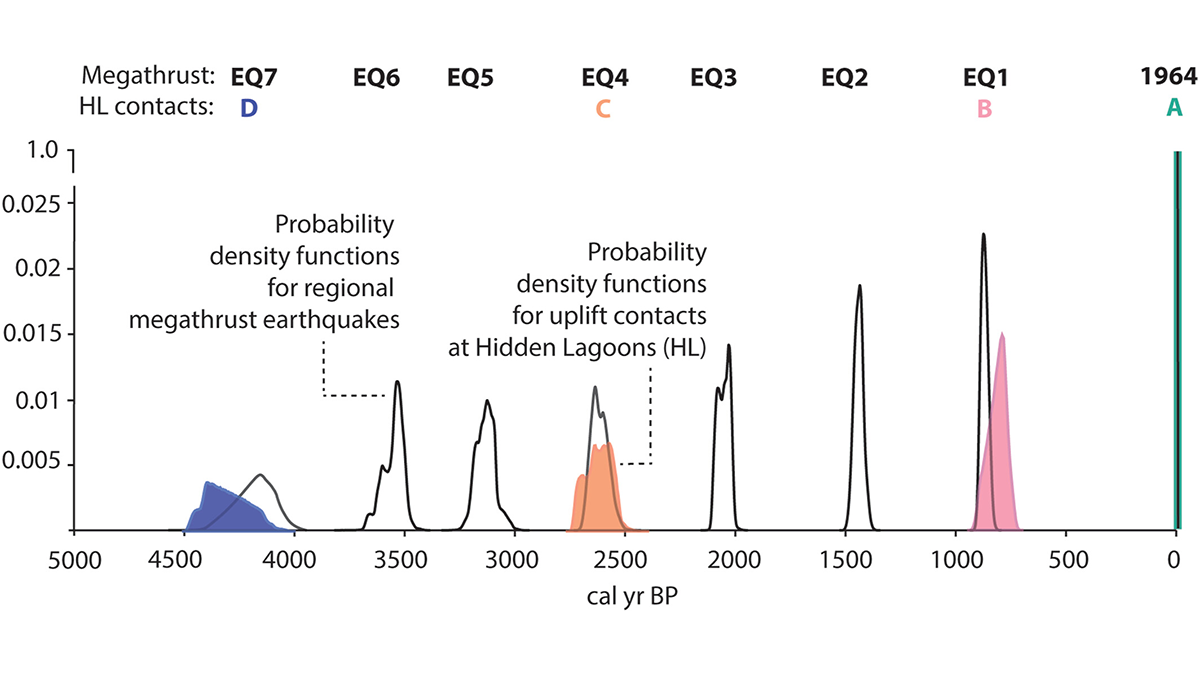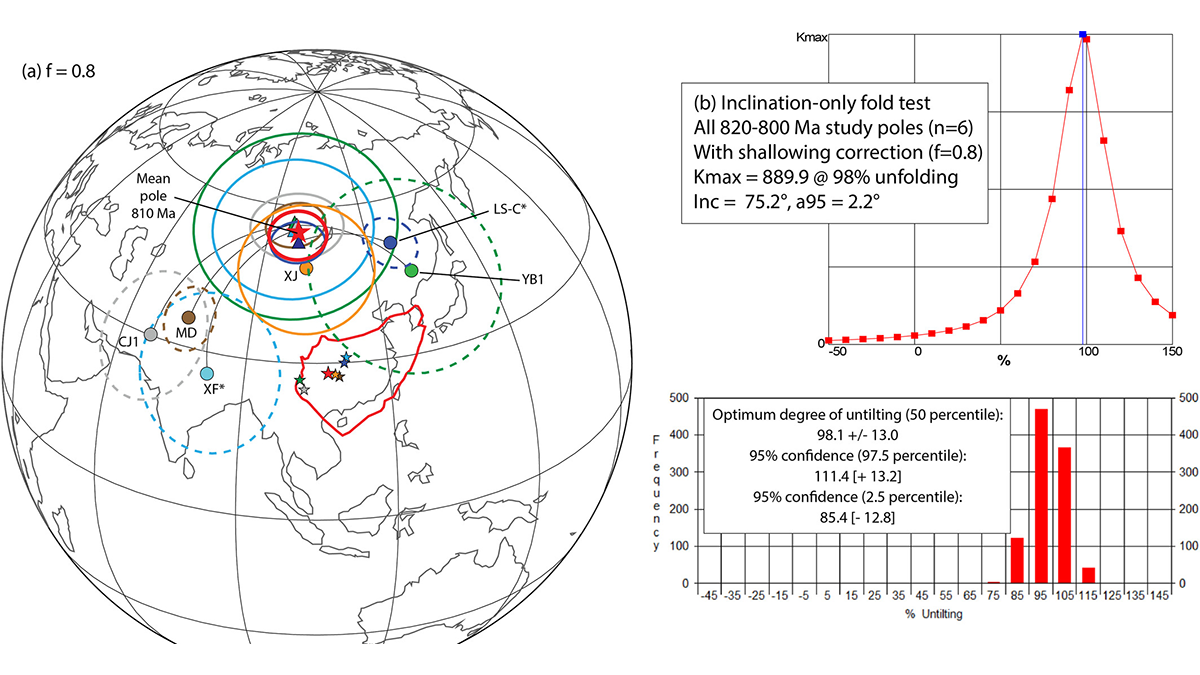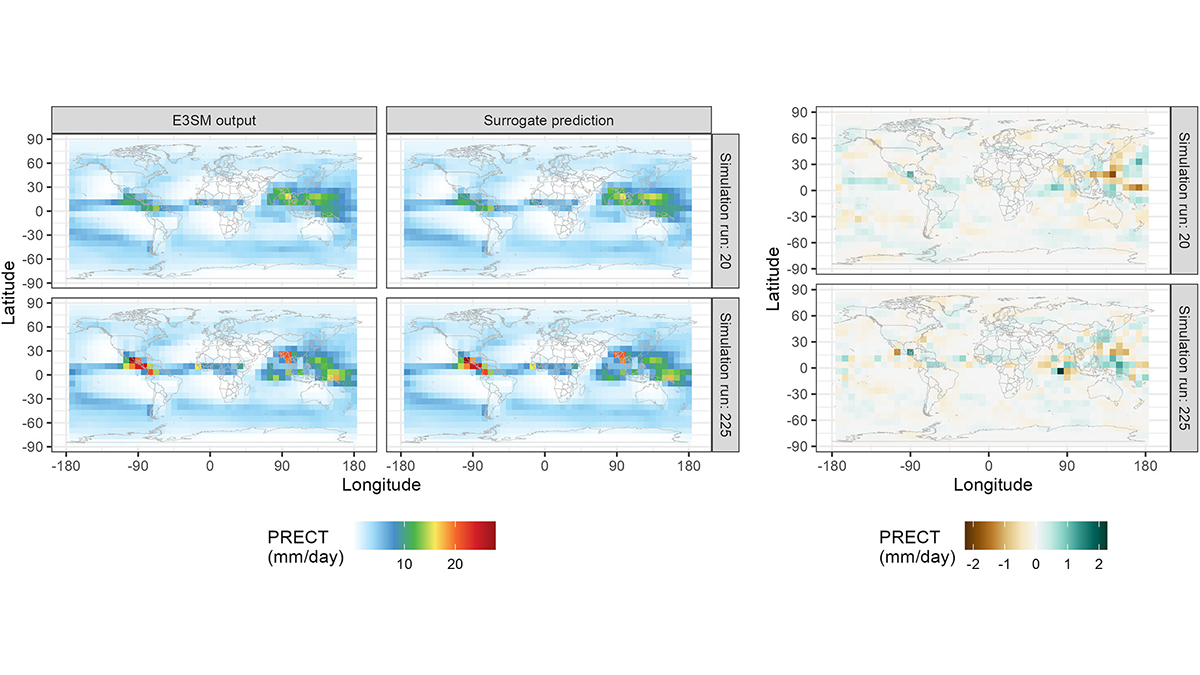The 2022 Tonga volcanic eruption generated waves that propagated across the Pacific Ocean. A new analysis of sea level measurements is used to dissect the difference in wave components from two sources.
Editors’ Highlights
Biogenic Sources Still Dominate Organic Carbon Aerosol in Europe
Scientists use radiocarbon measurements from Alpine ice to quantify present and past anthropogenic versus biogenic sources of organic carbon aerosols in the European atmosphere.
A Fast and Accurate Open-Source Atmospheric Transport Model
A new zonally-averaged atmospheric transport model will be useful for estimating emissions of ozone-depleting substances and greenhouse gases.
The Not-So-Quiet Cretaceous Quiet Zone
A new study finds that Earth’s magnetic field intensity varied significantly during the Cretaceous Normal Superchron, providing insights into the operation of the geodynamo during superchrons.
Repeated Coseismic Uplift Above the Patton Bay Splay Fault, Alaska
Stratigraphic and diatom analyses suggest ruptures of the Patton Bay splay fault occurred together with half of the documented great Alaskan megathrust earthquakes during the past 4,200 years.
Are the Geosciences Failing Their Qualifying Exam Goals?
Scientists favor data-driven reasoning but administer graduate student qualifying exams with surprisingly little guiding data. Re-examining these exams may advance educational equity and quality.
A Powerful New Model for U.S. Climate–Air Quality Interactions
NOAA’s Geophysical Fluid Dynamics Laboratory has developed a new variable-resolution global chemistry-climate model for research at the nexus of U.S. climate and air quality extremes.
GAD is Enough!
An exhaustive study in China finds no need to invoke extreme true polar wander nor anomalous geomagnetic fields in the early Neoproterozoic.
Autocalibration of the E3SM Atmosphere Model Improves Model Fidelity
A surrogate model was trained to predict E3SM atmosphere model spatial fields as a function of uncertain physical parameters and used to optimize the parameters for present-day climate.
A New Scheme to Empower Global Air-Conditioning Energy Modeling
An explicit air-conditioning adoption scheme and a global dataset improve urban energy demand modeling and unlock exciting capabilities in Earth system models.










